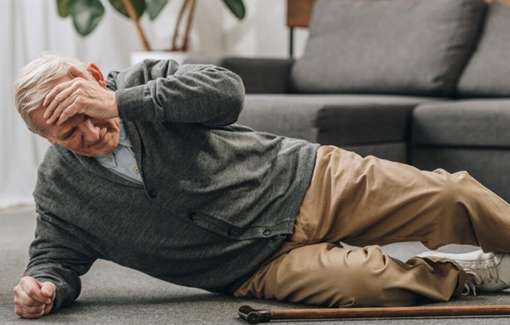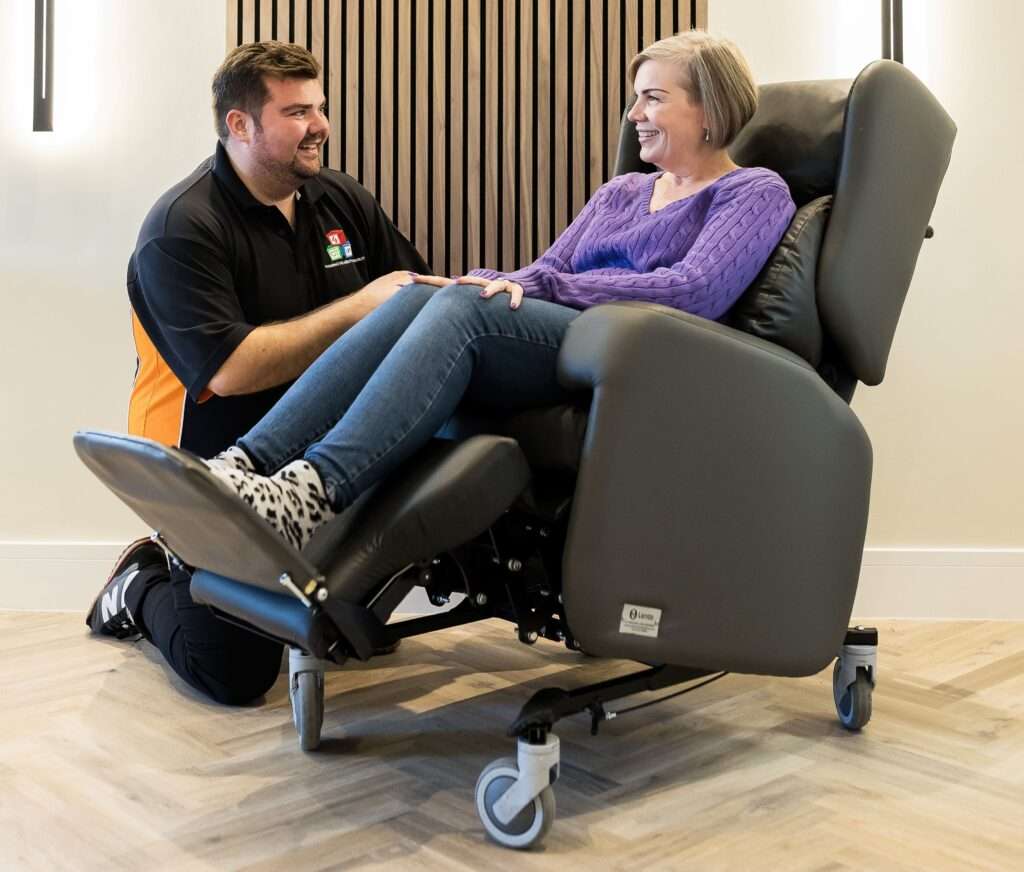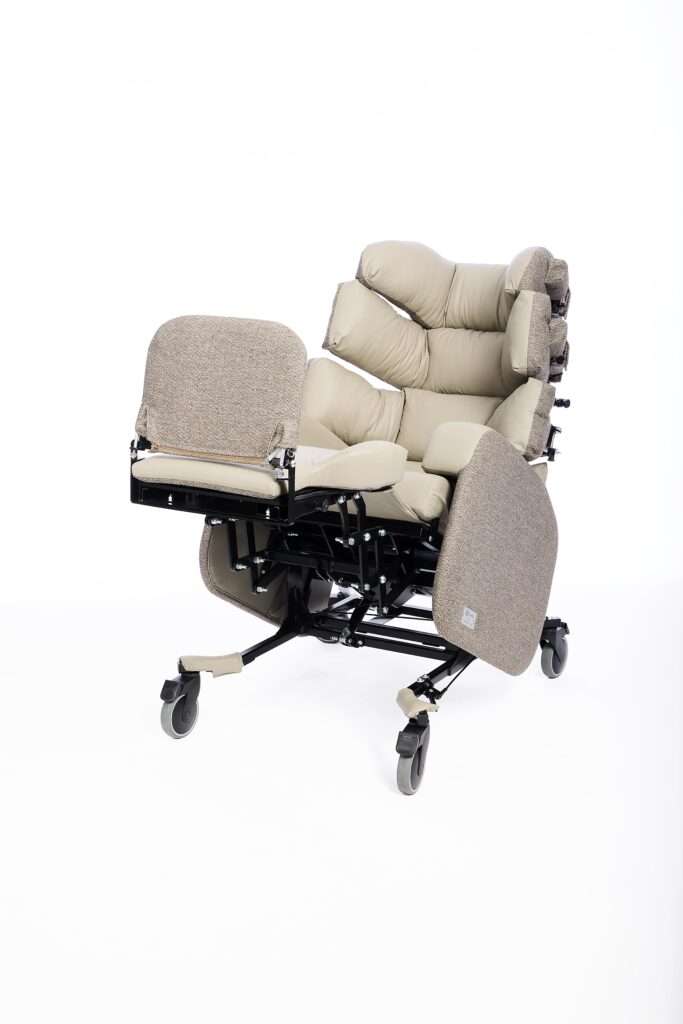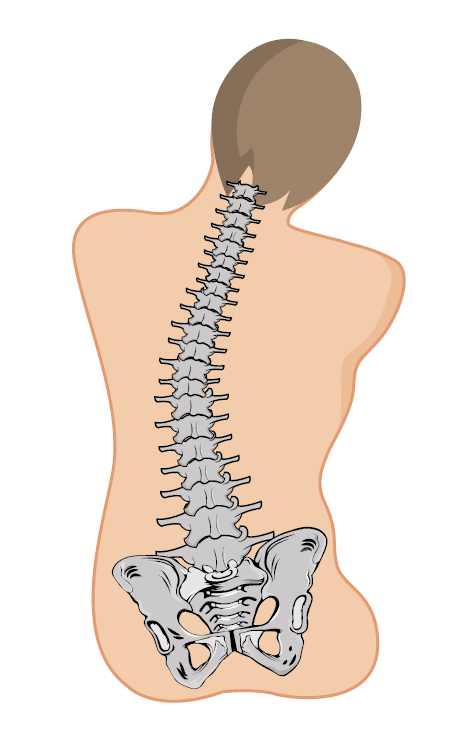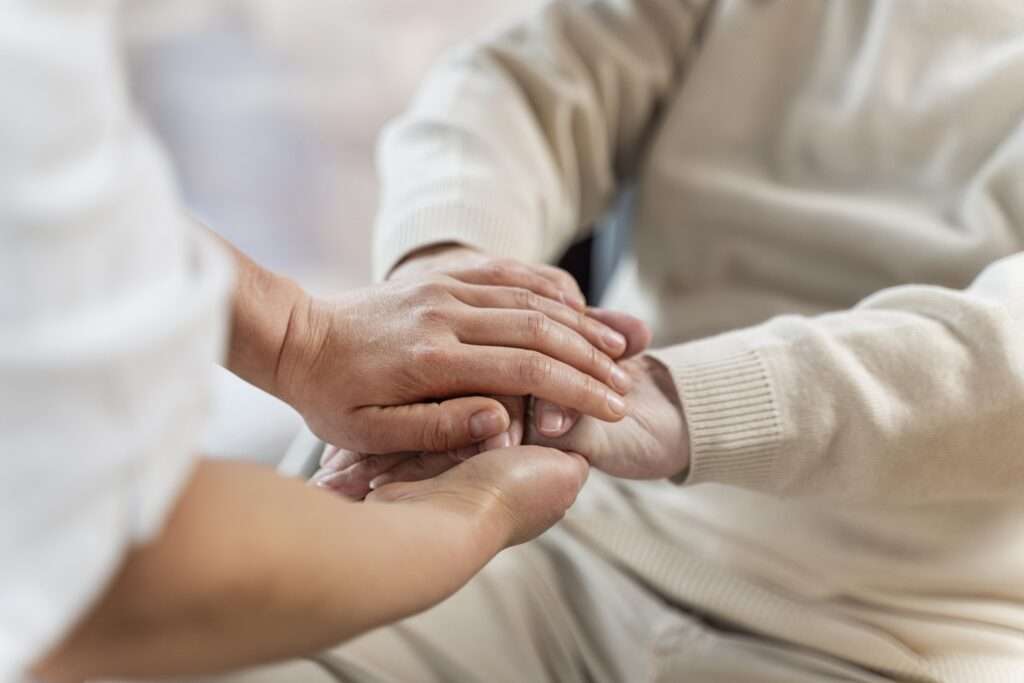Hip fractures can be particularly tricky to recover from depending on the severity of the break, your age, and other factors. Recovering from a hip fracture should be done slowly and with the help of medical professionals who can tailor your recovery plan to meet your abilities and needs.
But how do you recover from a hip fracture? What rehabilitation will be put in place for you? Let’s take a look at what recovering from a hip fracture could entail, along with any physiotherapy exercises you might need to try as well.
Jump straight to…
Recovering from hip fracture surgery
Most hip fractures result in surgery to fix or re-align the joint. There are different types of hip fracture surgeries, and depending on how severe the fracture was, it can take quite some time to recover from the surgery itself. A hip fracture recovery plan should be put in place by doctors and specialists working on your case.
Following surgery, you will often get some physiotherapy and rehabilitation exercises to do whilst in hospital. You should still do these exercises once you have left the hospital, whether it is in your own home or during a session with a physiotherapist. Hip fracture recovery can take any amount of time to recover from, and it can take up a year for you to fully recover.
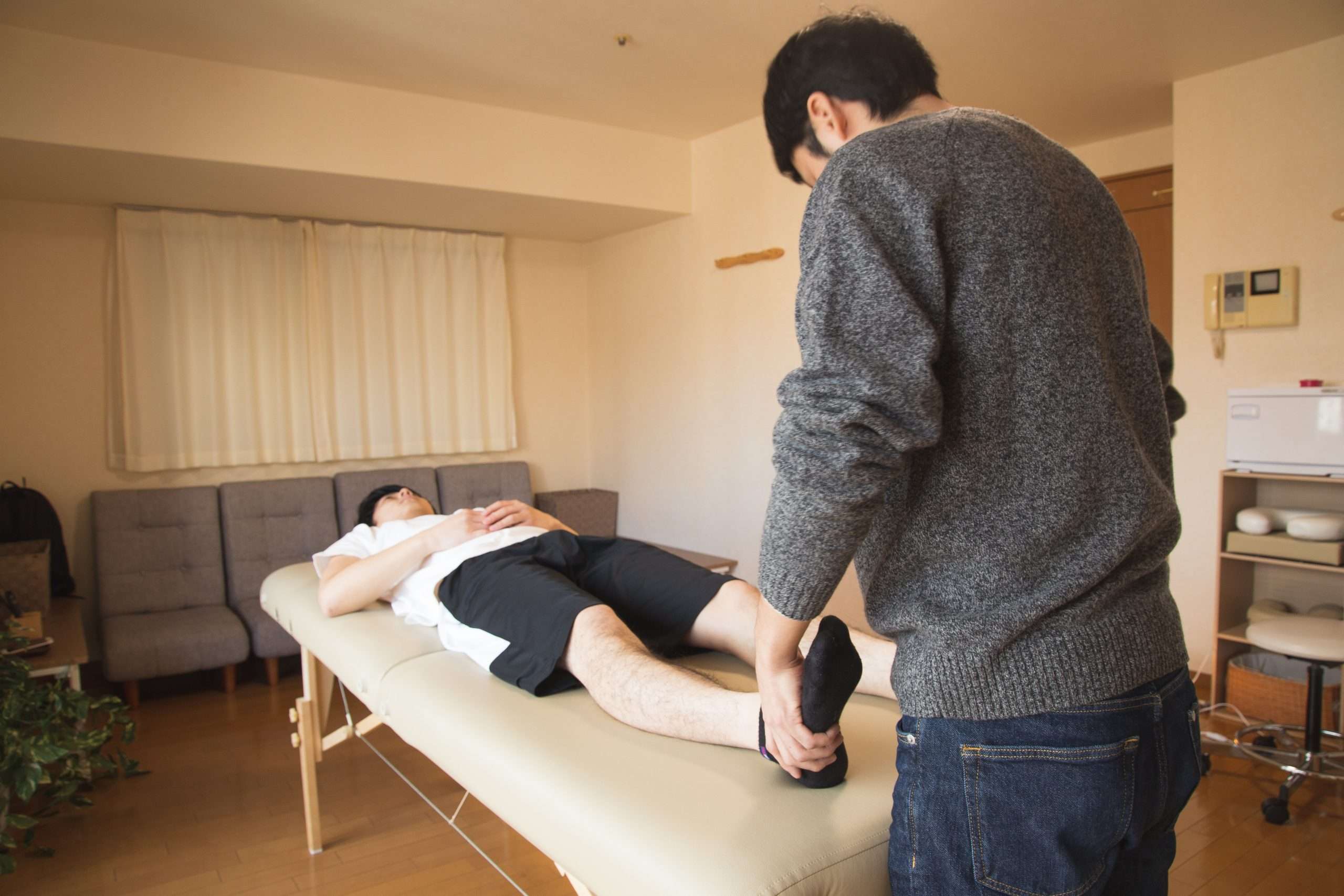
Physiotherapy is part of any hip fracture recovery. A physiotherapist can give you exercises and massages to help work the affected hip and encourage mobility and flexibility.
Typically, as with any surgery, the area will be dressed in a bandage and some stitches or staples. You could need to use crutches or another walking aid. You might even be able to manage some stairs and standing up on your own. That being said, it’s still wise to have someone at home during this time to help you.
Who creates a hip fracture recovery plan?
With hip fractures being somewhat more complex than other broken bones, you may have a diverse team of professionals working on your recovery plan. You could have people from all areas of healthcare working together to ensure that you make the most of your mobility and independence again.
Typically, you will have an orthopaedic surgeon looking after your case, and they might also work on your recovery plan. Orthopaedic surgeons specialise in all things to do with your bones and joints, so they’ll be able to help with any hip fracture. This could be the surgeon who operates on your hip fracture and then continues to monitor your progress and your hip functionality throughout rehabilitation.
As you might expect, a physiotherapist should also work on your recovery plan. As the name suggests, physiotherapists specialise in anything to do with physical movement. They are trained to encourage healing through methods such as massage, exercise, and physical manipulation. Physiotherapists should contribute to your recovery plan to ensure that physical activity is included to help rebuild strength and mobility in the hip.

A team of healthcare professionals will work on your recovery plan to ensure that all aspects as factored in.
An occupational therapist (OT) should also work on your recovery plan. OTs consider the environment around you as well as your everyday routine. They will think about practical solutions like specialist equipment that will make maintaining your mobility and independence easier whilst recovering.
Depending on your age and your needs, you may also be assigned a geriatrician who specialises in healthcare for elderly people. You could also have a social worker assigned to your recovery plan to assess whether you could be eligible for benefits or local care homes.
Exercises for hip fractures
You will be given a mixture of exercises to help build your strength, mobility, and balance following a hip fracture. These should be set out in your recovery plan, and they will have been chosen for you depending on your fitness level.
Weight-bearing exercises are a good way to help you rebuild strength and balance. This could include something as straightforward as walking. Walking on a treadmill at different inclines will also help to build strength around the hip.
This should be mixed in with some non-weight-bearing exercises. This could be something like cycling or swimming, where your legs aren’t having to support your weight, but are building strength and mobility.

A mixture of exercises will help to rebuild strength, balance, and mobility in your hip joint.
You will probably meet with a physiotherapist or a trainer a couple of times a week, who will give you more exercises to try. They might also use massage therapy to help manipulate the affected hip and stretch out your muscles.
Common exercises that could be used for recovering from a hip fracture include pointing your feet and toes and pulling your toes back upwards to contract your thigh muscle.
There are also some more specific hip exercises to help promote mobility and strength in the area. If you sit on the floor with your back against the wall and your legs out in front of you, try slowly bending your knees and sliding your foot up towards you. You can then gently lower it back down to the position you started in.
For more examples of hip fracture exercises, check out this guide from the NHS.
Summary
Recovering from a hip fracture can be a long journey, and it requires patience and perseverance to make sure that you are keeping yourself as healthy as can be. A proper hip fracture recovery plan should be put in place by the hospital to ensure that your every need is thought of. This includes everything from physiotherapy to your home environment.
Exercises for hip fractures should be specified by the people in charge of your recovery plan, but they could be like the ones above. Ultimately, you just need to follow your recovery plan and take it day-by-day and you will be back to mobility in no time!





